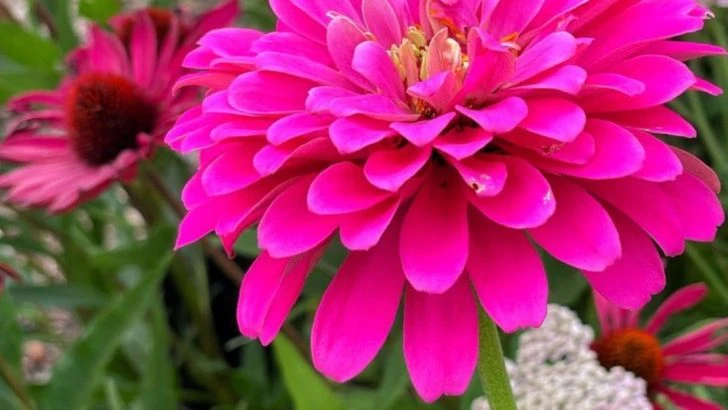A thriving garden is more than just a feast for the eyes — it’s a vital hub for pollinators like bees, butterflies, and hummingbirds. These tiny creatures play a crucial role in maintaining plant diversity and helping your garden flourish. But did you know that the types of flowers you plant can either welcome these helpful visitors or unintentionally drive them away?
While many gardeners focus on color and aesthetic appeal, choosing pollinator-friendly plants is key to supporting the local ecosystem. Some flowers emit irresistible scents or provide rich sources of nectar and pollen throughout the entire growing season. Others, surprisingly, repel pollinators due to chemical compounds or flower structures that make feeding difficult or unappealing.
In this article, you’ll discover 14 beautiful blooms that will keep your garden buzzing with life from spring to fall — and learn which 6 flowers to avoid if you want to attract a steady stream of winged visitors. Let’s create a garden that’s as inviting to pollinators as it is delightful to us.
Bee Balm
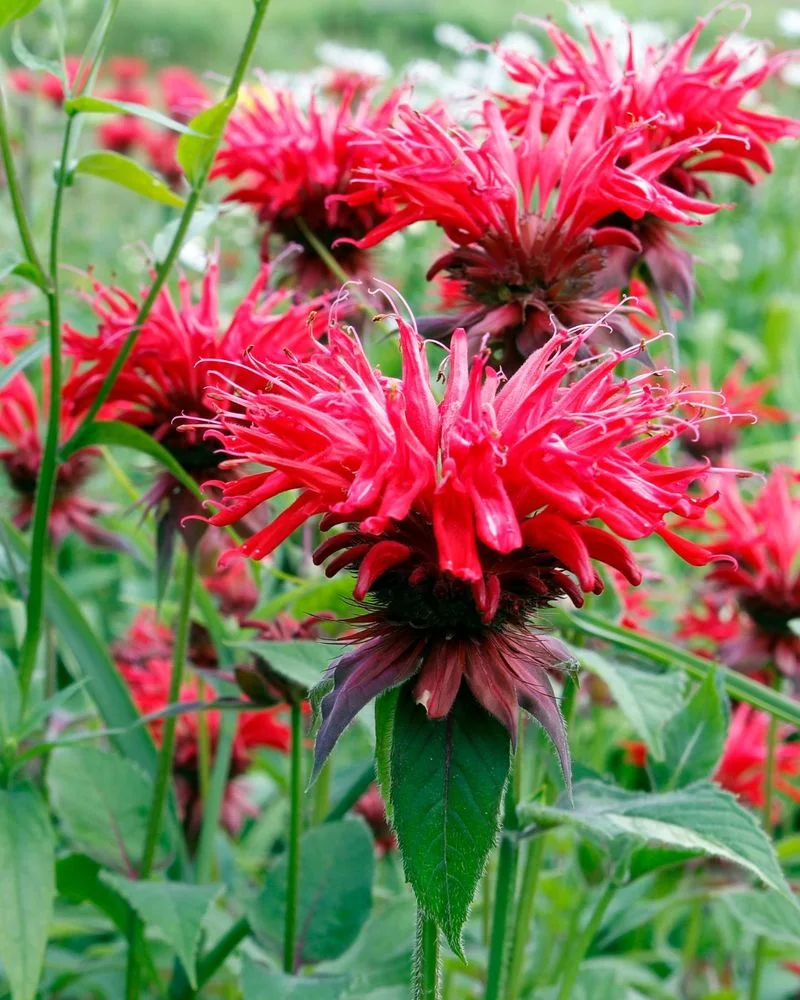
Bee Balm is a stunning addition to any garden, with its bright blooms and aromatic leaves. Known for attracting a variety of pollinators, this flower brings bees, butterflies, and hummingbirds in droves. Its colorful display, ranging from red to purple, provides a visual feast throughout the summer.
With a fragrance that’s both alluring and calming, Bee Balm is more than just a pretty face. It’s also a natural remedy in herbal medicine, often used for its soothing properties. Consider planting it in clusters for maximum impact and pollinator activity.
Lavender
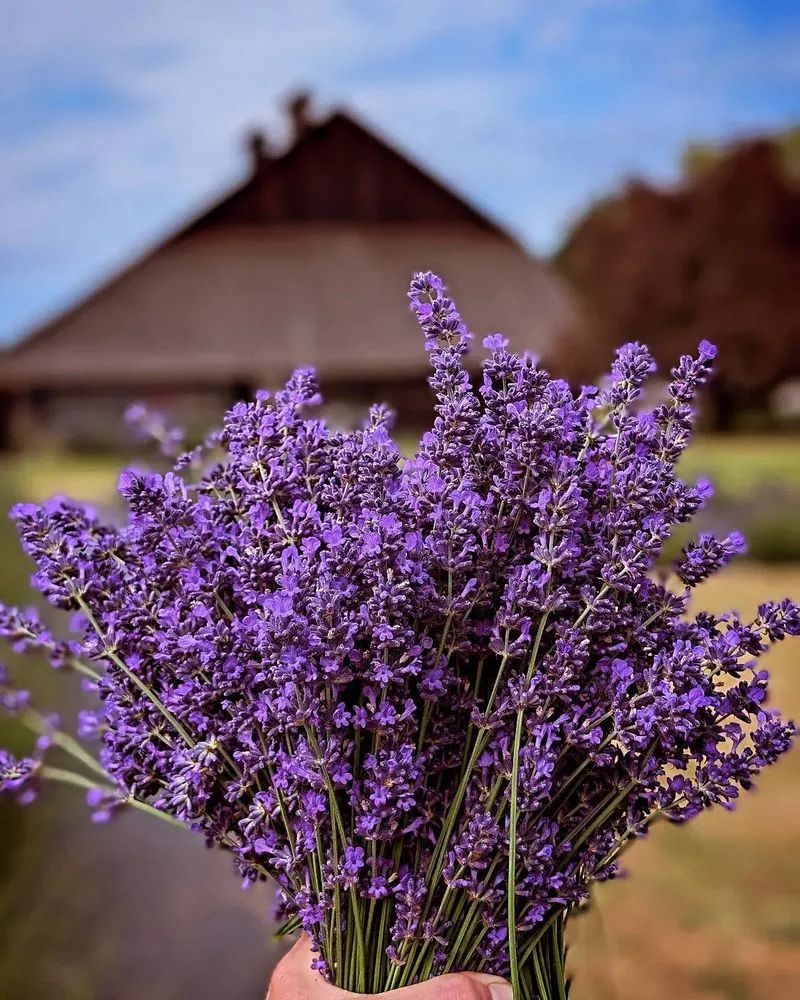
Few plants are as synonymous with tranquility as Lavender. Its gentle fragrance and soft purple flowers create a serene environment, making it a favorite among gardeners and pollinators alike. Bees and butterflies are particularly fond of Lavender, drawn to both its scent and nectar.
Beyond its beauty, Lavender is prized for its essential oils, used in aromatherapy to promote relaxation. It’s a versatile plant that thrives in sunny, well-drained locations. Incorporate Lavender into your garden for a touch of elegance and a hive of activity.
Sunflower
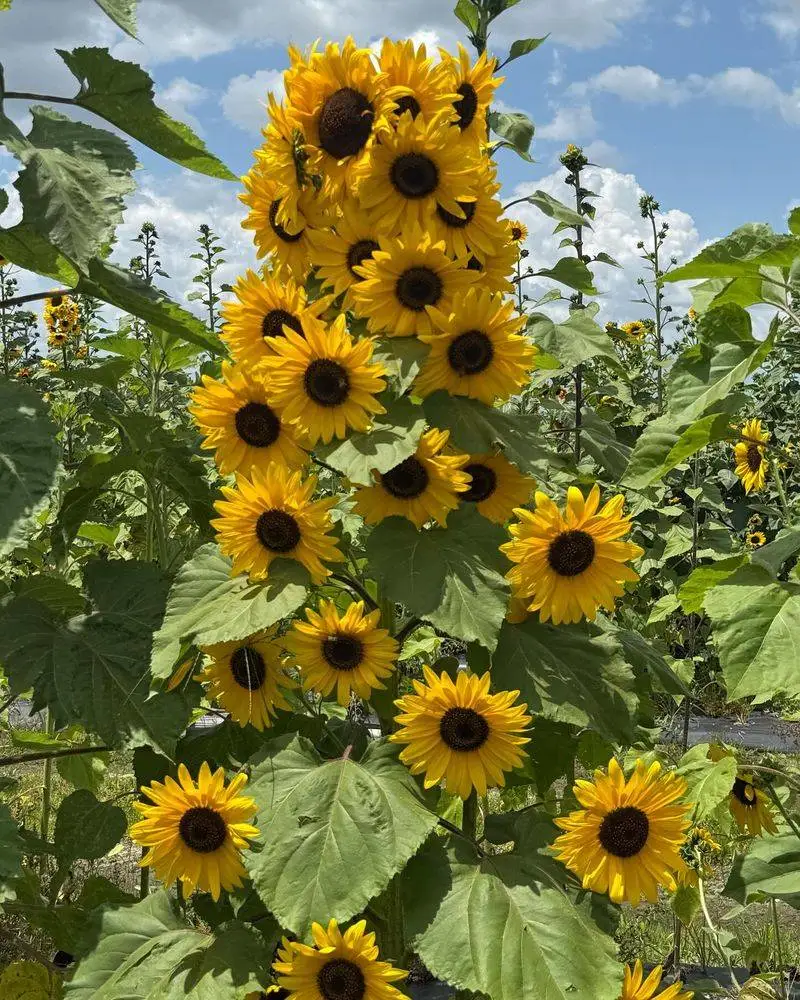
Sunflowers are not just a symbol of summer; they are a beacon for pollinators. Their large, vibrant blooms attract bees and other insects, providing ample pollen and nectar. These towering giants follow the sun, a behavior known as heliotropism, making them unique in the plant world.
Sunflowers also offer seeds that are a source of food for birds and small mammals. Whether grown in clusters or as a statement piece, Sunflowers add height and color to any garden, creating a lively, dynamic environment.
Marigold
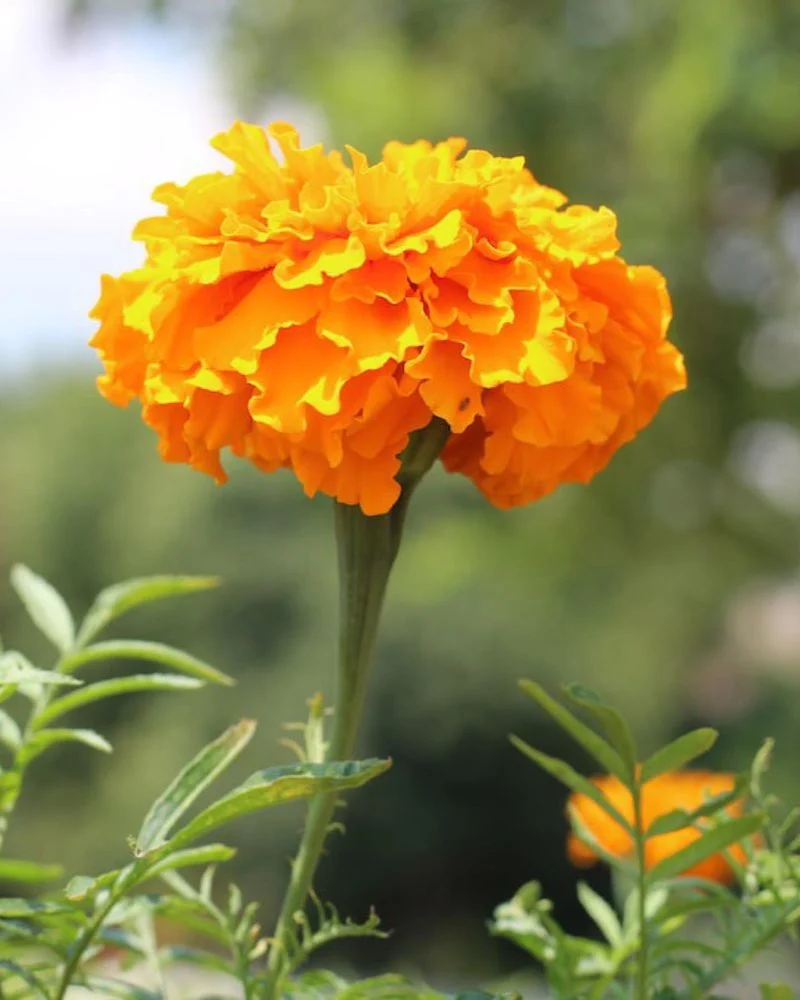
Marigolds are a gardener’s delight, known for their bright hues and ability to attract beneficial insects. While they draw in pollinators like bees, their strong scent can also repel certain pests, making them a dual-purpose plant.
These cheerful flowers are easy to grow and maintain, thriving in sunny locations. Marigolds are often used in companion planting to protect vegetables from harmful insects. Their vibrant colors and practical benefits make them a staple in gardens seeking both beauty and functionality.
Zinnia
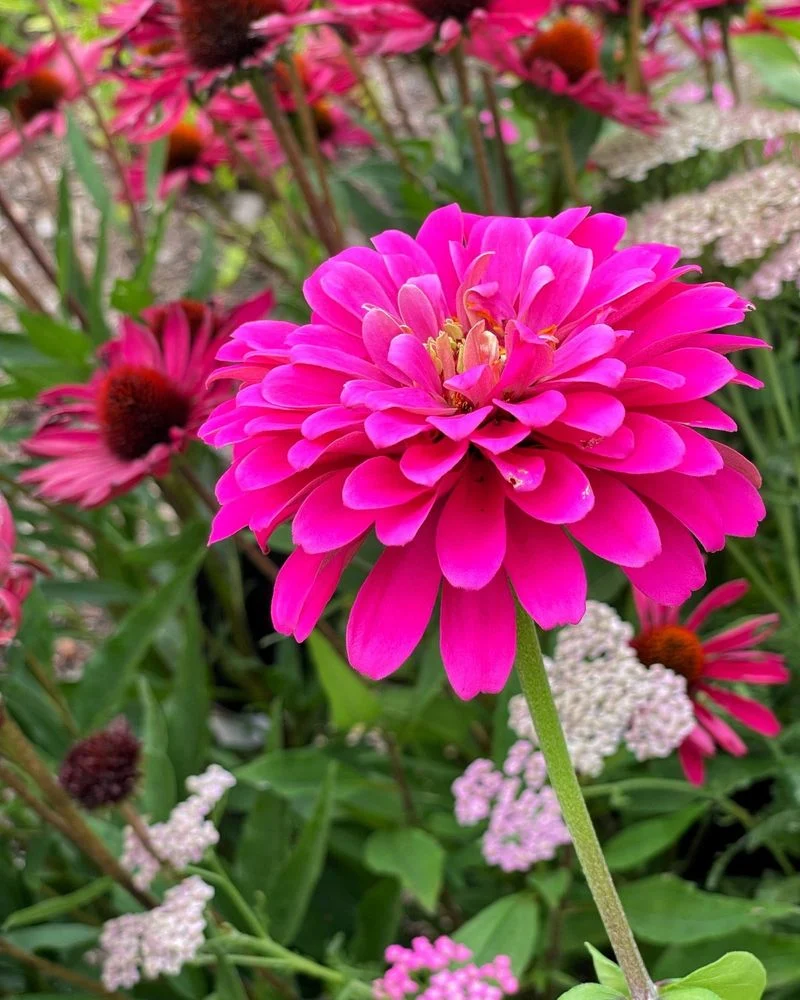
Zinnias are a burst of color that beckon pollinators with their open, accessible blooms. Available in a wide range of colors, these flowers are a favorite among bees and butterflies. Their simple care requirements make them perfect for both novice and experienced gardeners.
Planting Zinnias can lead to a garden buzzing with life, as they provide essential nectar and pollen. These flowers also make excellent cut flowers, adding a splash of color indoors. Zinnias are a versatile choice for any garden looking to attract beneficial insects.
Borage
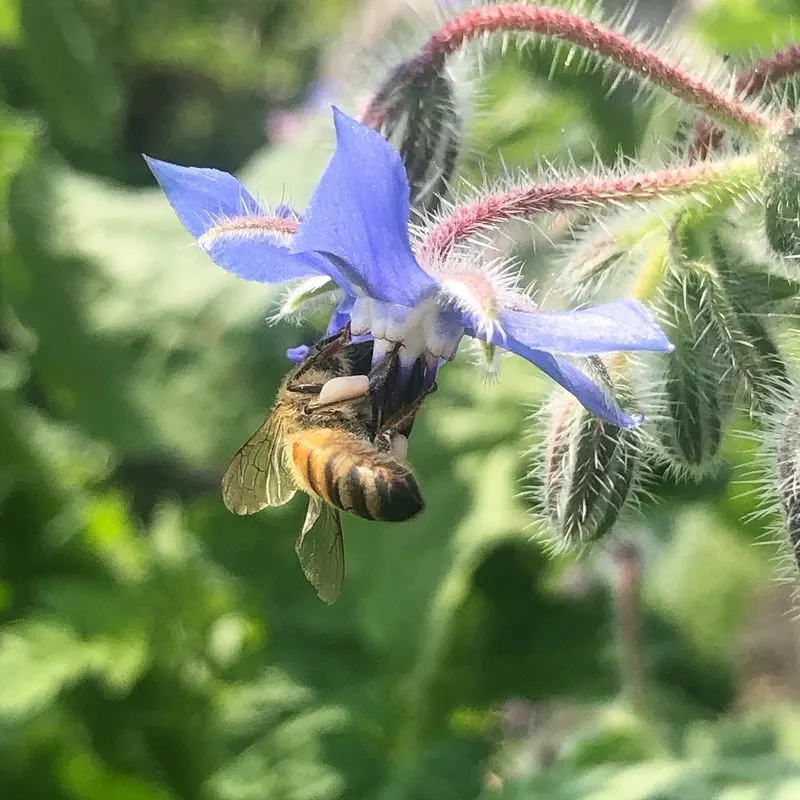
Borage isn’t just an attractive plant; it’s a magnet for pollinators. Its star-shaped blue flowers and cucumber-flavored leaves make it unique. Bees are particularly attracted to Borage, making it an excellent choice for enhancing pollinator activity in your garden.
Beyond its pollinator appeal, Borage is an edible plant with culinary uses. It’s often used in salads and drinks for a refreshing taste. With its ease of growth and minimal care needs, Borage is a valuable addition to any garden focused on biodiversity.
Coneflower
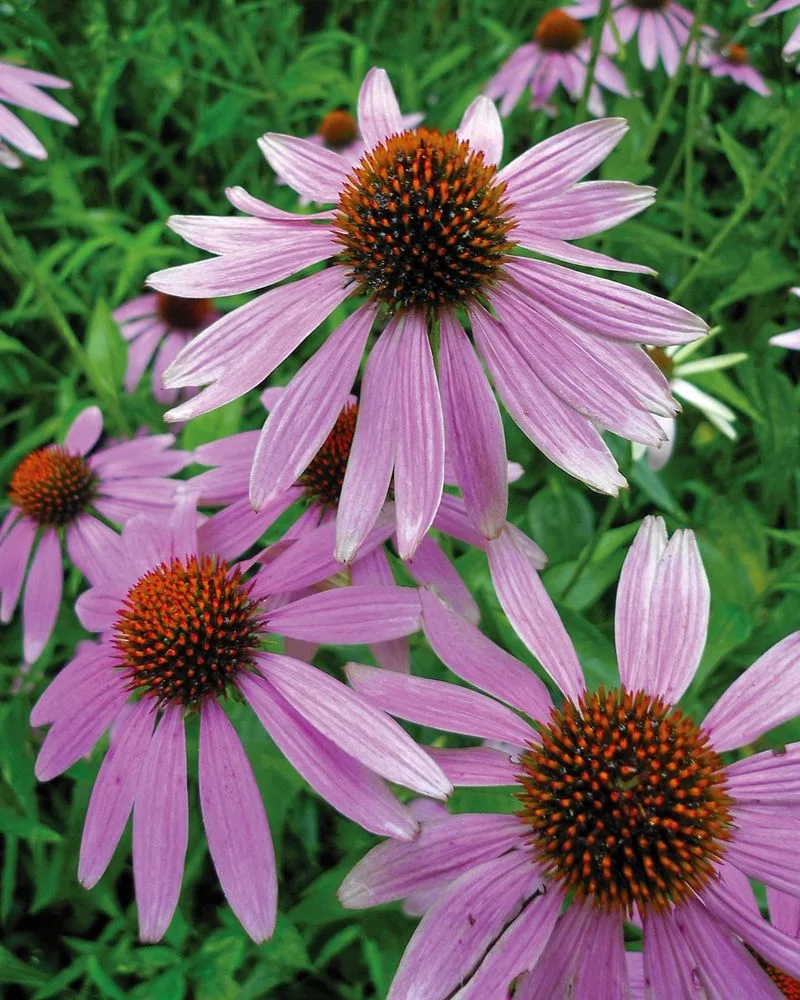
Coneflowers, or Echinacea, are a staple in many gardens, known for their resilience and ability to attract pollinators. With their daisy-like appearance and spiky centers, they are a favorite among bees and butterflies.
These perennials are not only beautiful but also medicinal. Echinacea is well-regarded in herbal medicine for boosting the immune system. Planting Coneflowers can bring a touch of wild beauty to your garden while supporting pollinator populations with their nectar-rich blooms.
Cosmos
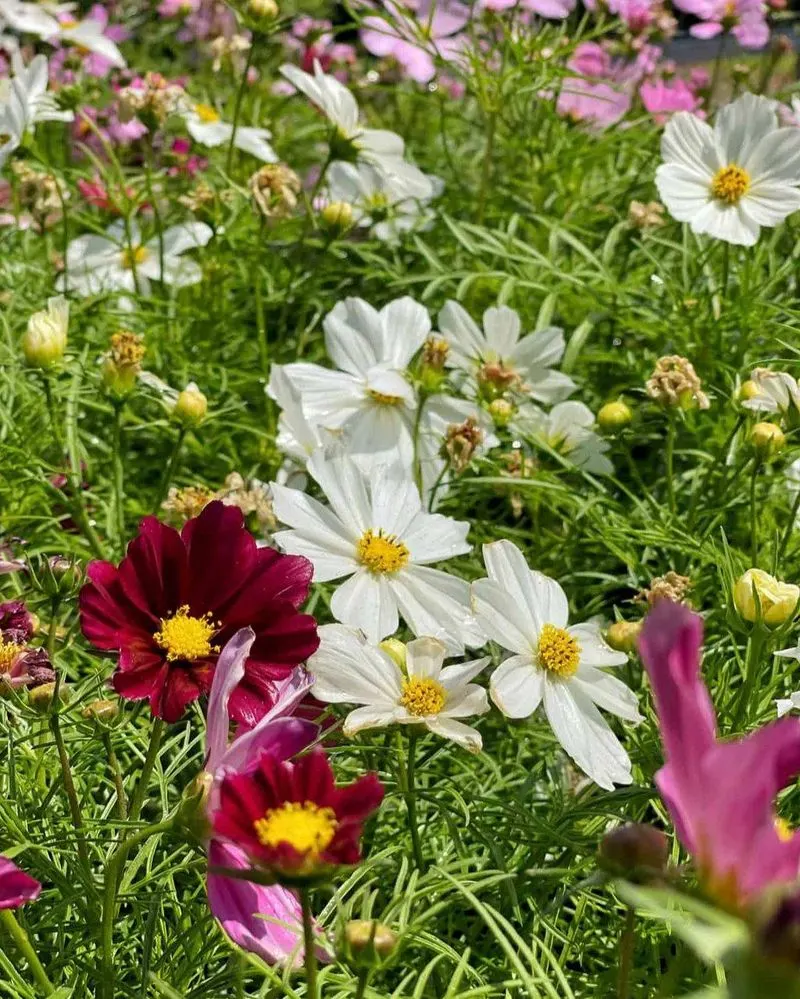
Cosmos flowers are synonymous with effortless beauty and pollinator attraction. Their delicate petals and airy foliage create a light, whimsical presence in the garden. Bees and butterflies flock to Cosmos, drawn by the abundant nectar.
These flowers are exceptionally easy to grow, making them ideal for gardeners seeking a low-maintenance option. Cosmos can thrive in poor soil conditions, adding color and life with minimal effort. They are a perfect choice for anyone looking to create a pollinator-friendly garden space.
Salvia
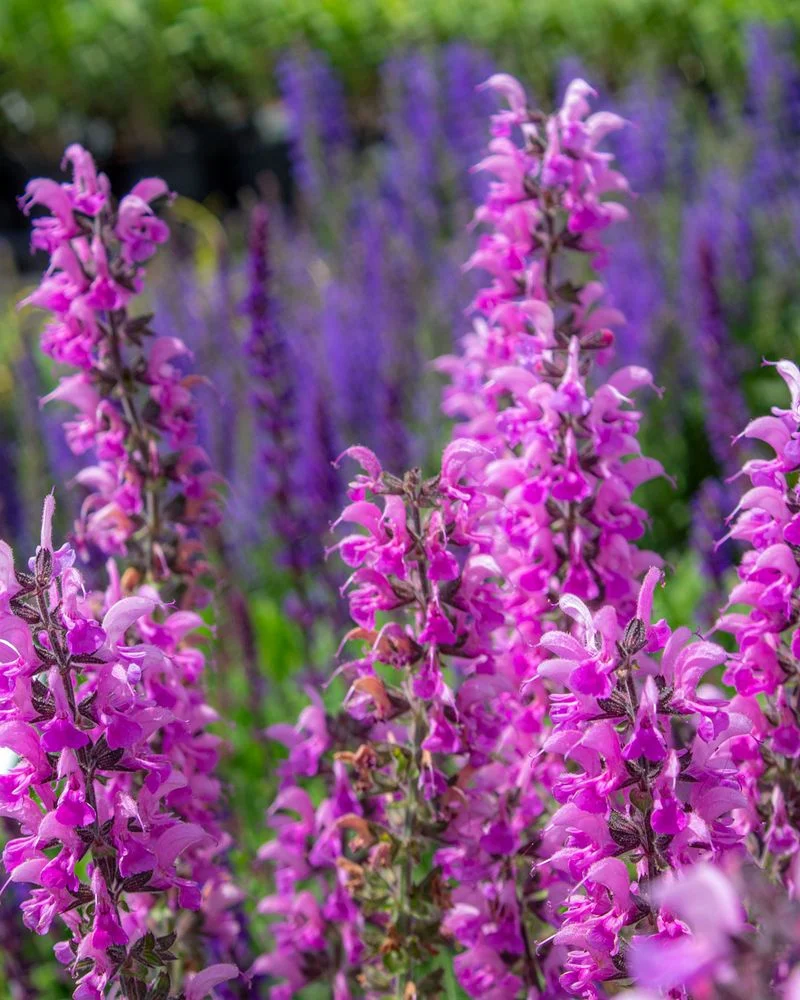
Salvia, with its tall, striking spikes of color, is a magnet for pollinators, especially bees and hummingbirds. These fragrant plants are known for their long blooming period, providing a continuous source of nectar.
Salvia’s vibrant colors and easy-growing nature make it a favorite among gardeners. They are drought-resistant and thrive in full sun, offering both beauty and practicality. By planting Salvia, you can ensure a lively garden scene filled with the cheerful buzz of visiting pollinators.
Black-eyed Susan
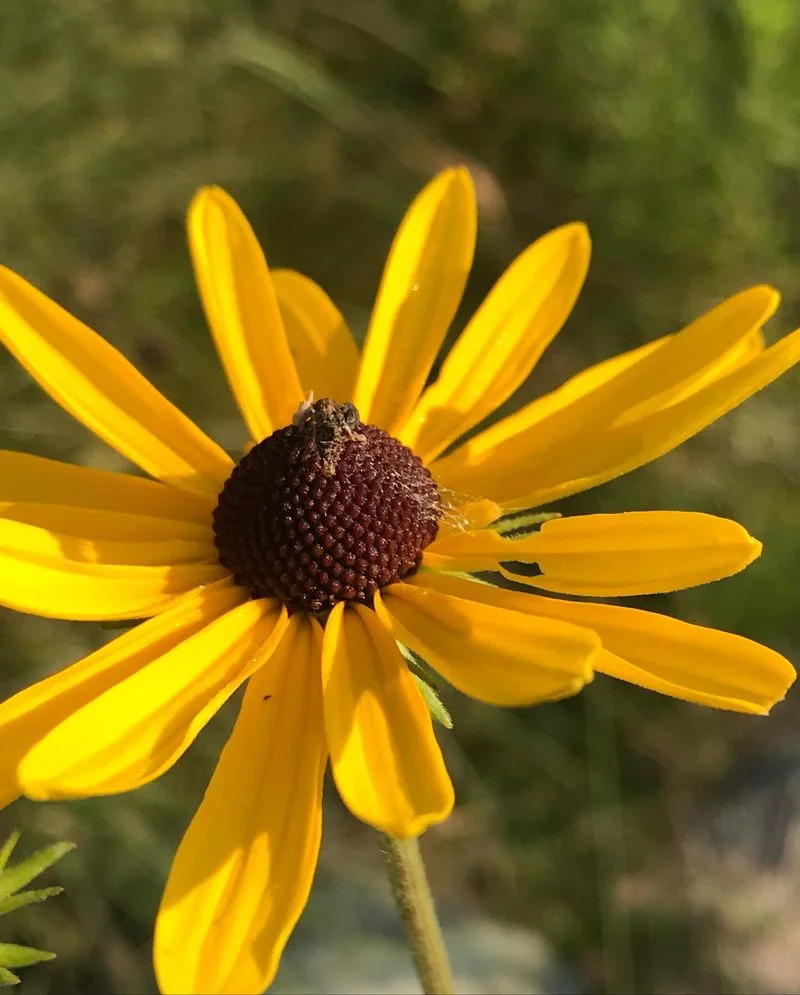
Black-eyed Susans are a classic choice for attracting pollinators with their bright yellow blooms. These hardy perennials are beloved by bees and butterflies, providing a reliable source of nectar.
Their easygoing nature allows them to thrive in various conditions, making them a versatile addition to any garden. Beyond their pollinator appeal, Black-eyed Susans add a cheerful splash of color and are often used in wildflower mixes. Their resilience and beauty make them a must-have for pollinator-friendly gardens.
Yarrow

Yarrow is a plant of many talents, known for its feathery foliage and clusters of tiny flowers that attract pollinators. Bees and butterflies are frequent visitors, enjoying the ample nectar provided by these blossoms.
In addition to its pollinator-friendly attributes, Yarrow has a long history of medicinal use, often used to treat minor wounds. It thrives in sunny locations and is drought-tolerant, making it an excellent choice for sustainable gardening. Incorporate Yarrow for a blend of beauty and resilience.
Catmint

Catmint is not just a delight for feline friends but also a beacon for pollinators. Its lavender-blue flowers and aromatic foliage draw bees and butterflies, ensuring your garden is abuzz with life.
This hardy perennial is easy to grow and maintain, thriving in sunny spots with well-drained soil. Catmint is also drought-resistant, making it a practical choice for eco-conscious gardeners. Its attractive blooms and pollinator appeal make it an excellent addition to borders or herb gardens.
Milkweed

Milkweed plays a vital role in the ecosystem as the primary food source for Monarch butterflies. Its clusters of pink and white flowers are not only beautiful but also a haven for pollinators.
By planting Milkweed, you support the survival of Monarchs and other insects. These plants are easy to grow and maintain, thriving in sunny, well-drained areas. Milkweed brings both ecological benefits and visual interest to your garden, making it an essential plant for pollinator enthusiasts.
Hollyhock

Hollyhocks are a garden favorite, known for their towering spikes covered in colorful blooms. These flowers are a magnet for pollinators, particularly bees, who are drawn to their nectar-rich blossoms.
With their old-fashioned charm, Hollyhocks add vertical interest and a touch of nostalgia to any garden. They thrive in sunny locations and can reach impressive heights, creating a dramatic backdrop. Plant Hollyhocks for a classic garden feel and a steady stream of pollinator visitors.
Petunia
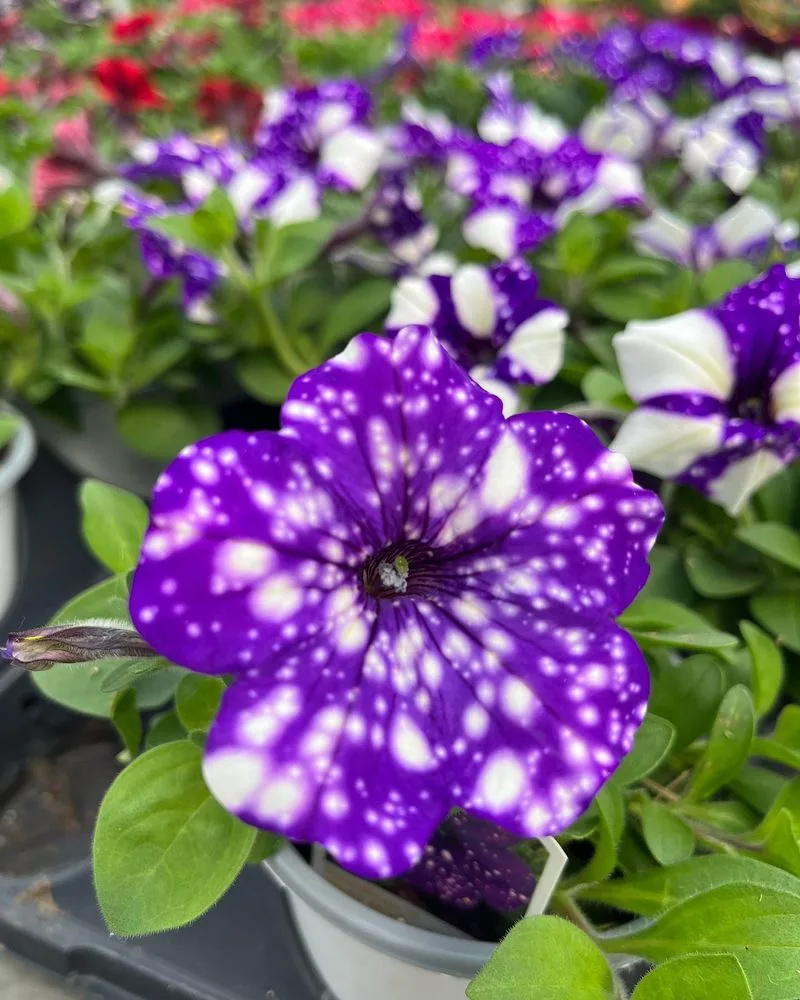
Petunias are a versatile choice for gardeners seeking to attract pollinators. Their trumpet-shaped flowers come in various colors, providing an inviting source of nectar for bees and hummingbirds.
These easy-to-grow plants can be used in containers, hanging baskets, or garden beds. Their long blooming season ensures ongoing visual interest and pollinator activity. Petunias are a reliable option for creating a dynamic, colorful garden space that supports local wildlife.
Chrysanthemum
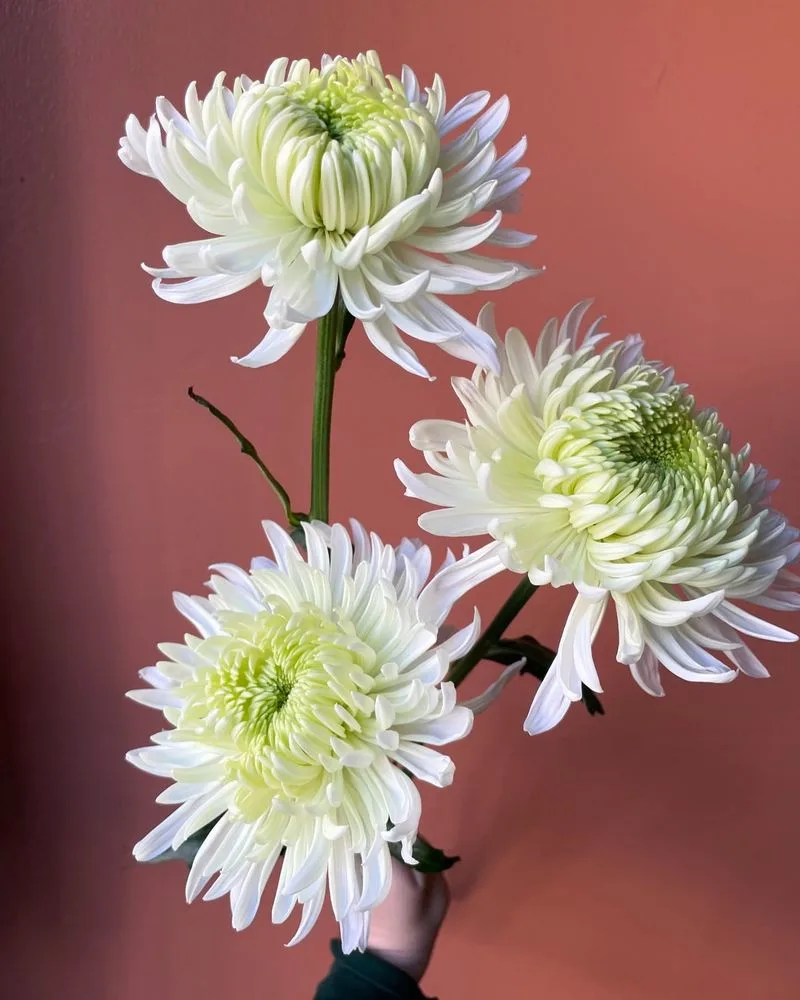
Chrysanthemums are celebrated for their vibrant colors and long-lasting blooms. These flowers are particularly attractive to bees, providing essential nectar as other plants begin to fade in the fall.
Aside from their pollinator appeal, Chrysanthemums are easy to care for and can be found in a wide range of colors and forms. They add a splash of color to gardens late in the season, making them a valuable addition for year-round interest. Plant Chrysanthemums for beauty that benefits pollinators.
Geranium
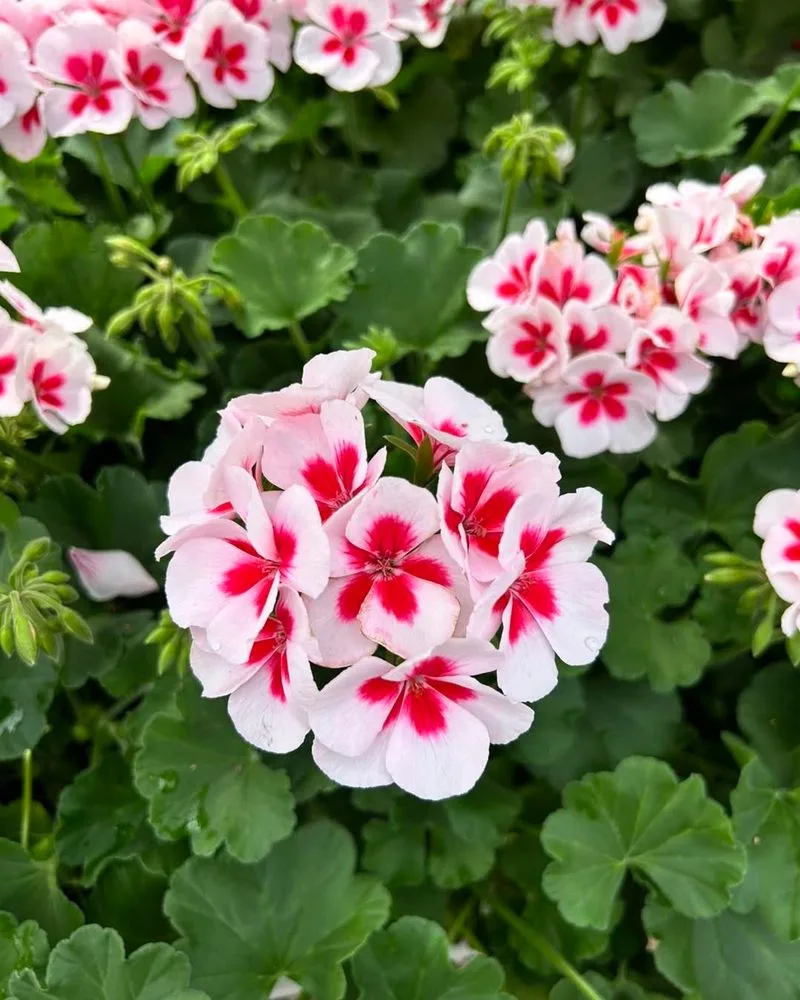
Geraniums are beloved for their vibrant blooms and distinctive fragrance. These flowers attract pollinators like bees, providing a continuous source of nectar throughout the growing season.
Whether planted in garden beds or containers, Geraniums add color and life to any space. They are easy to maintain and can thrive in various conditions, making them a versatile choice for gardeners. By incorporating Geraniums, you create a welcoming environment for pollinators while enjoying their cheerful presence.
Daffodil
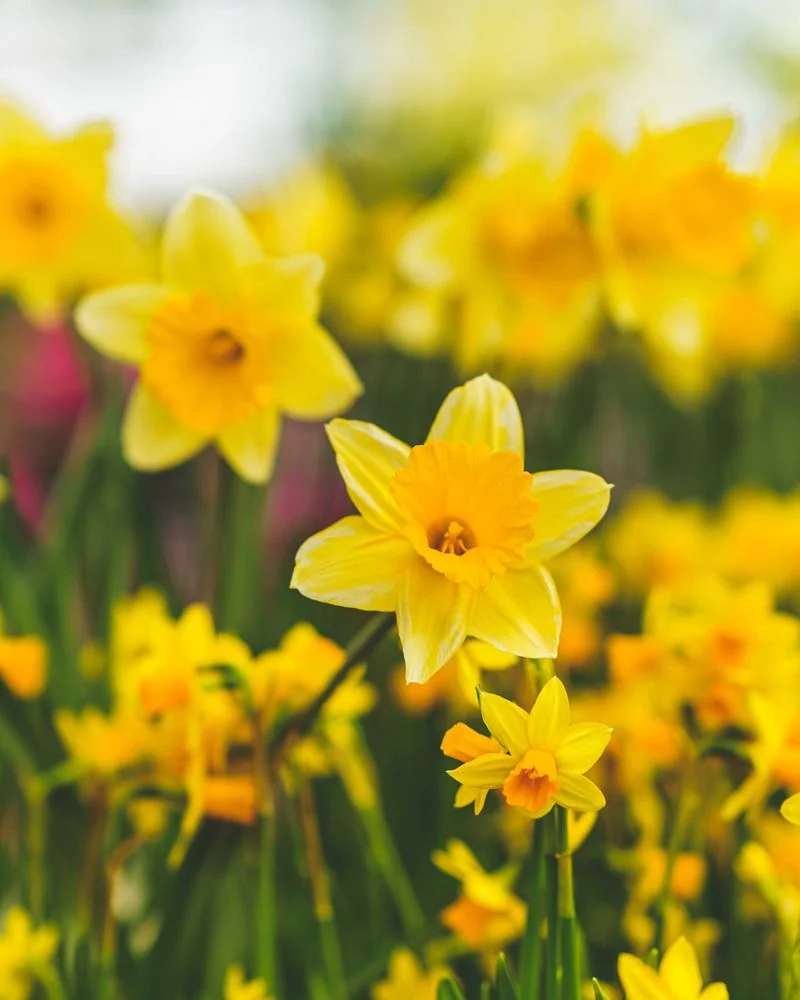
Daffodils are well-loved for their bright, cheerful blooms that herald the arrival of spring. While they are a joy to behold, they offer little to pollinators in terms of nectar or pollen, effectively deterring them.
Their toxic nature makes them a natural deterrent to certain pests, keeping your garden safe without chemicals. Daffodils are a reliable choice for early-season color, providing a stunning display without encouraging insect visitors.
Hyacinth

Hyacinths bring a burst of fragrance and color to the garden in early spring. However, their dense, waxy flowers are not particularly attractive to pollinators, making them more of a visual treat.
These flowers are highly appreciated for their scent, which can fill an entire area with a sweet aroma. While they may not support pollinator populations, Hyacinths offer a sensory delight and a splash of early-season color.
Peony
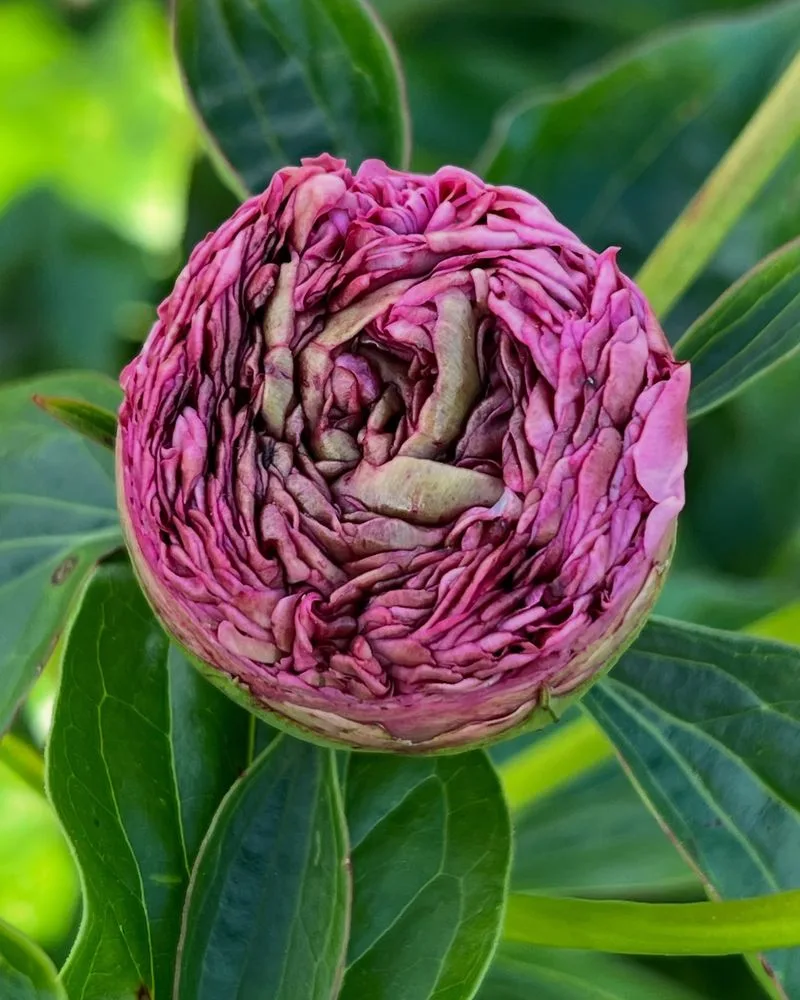
Peonies are adored for their large, fragrant blooms and lush foliage. Despite their beauty, they do not significantly attract pollinators, as their nectar is not easily accessible.
These classic garden favorites are perfect for those seeking ornamental plants with minimal insect activity. Peonies thrive in well-drained soil and can bring elegance and charm to any garden space.
Boston Fern
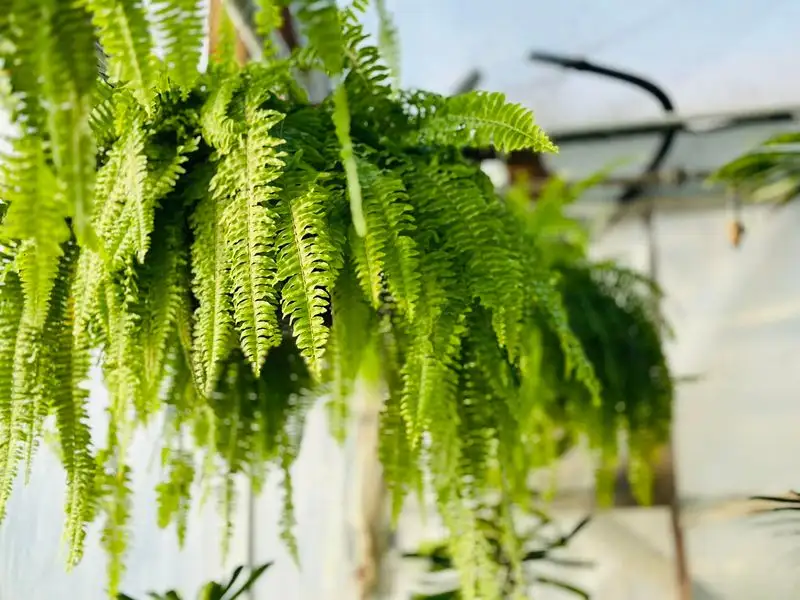
Boston Ferns are known for their feathery, vibrant fronds, providing lush greenery without attracting pollinators. As non-flowering plants, they naturally repel bees and butterflies.
These ferns thrive in shaded, humid environments, making them a perfect choice for indoor spaces or shady garden corners. Boston Ferns are an elegant addition to any space, offering greenery and texture without the buzz of pollinators.
Oleander
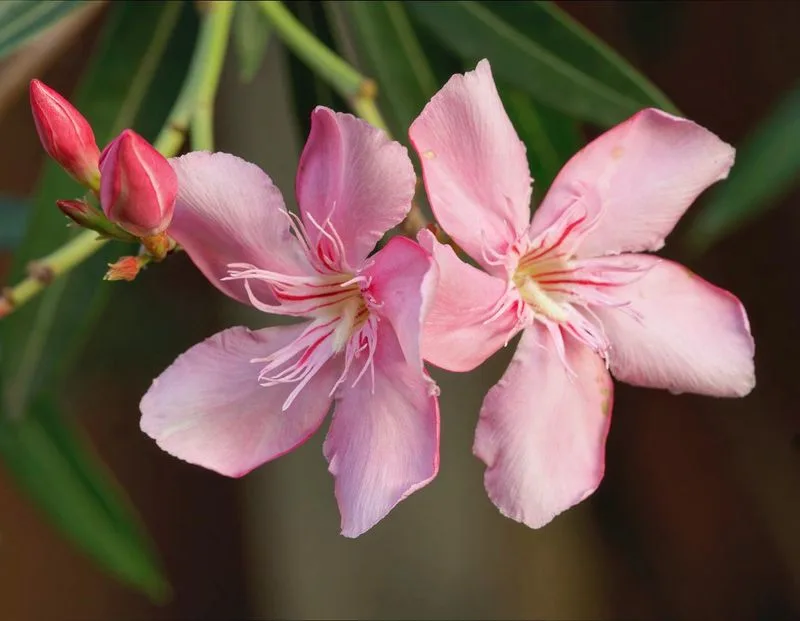
Oleander is a robust shrub featuring clusters of flowers in various colors. Despite its beauty, it is highly toxic, deterring not just humans but also pollinators and pests.
Oleander’s resilience makes it suitable for tough environments where other plants may struggle. While it offers minimal support to pollinators, its showy blooms can add a striking visual element to landscapes.

